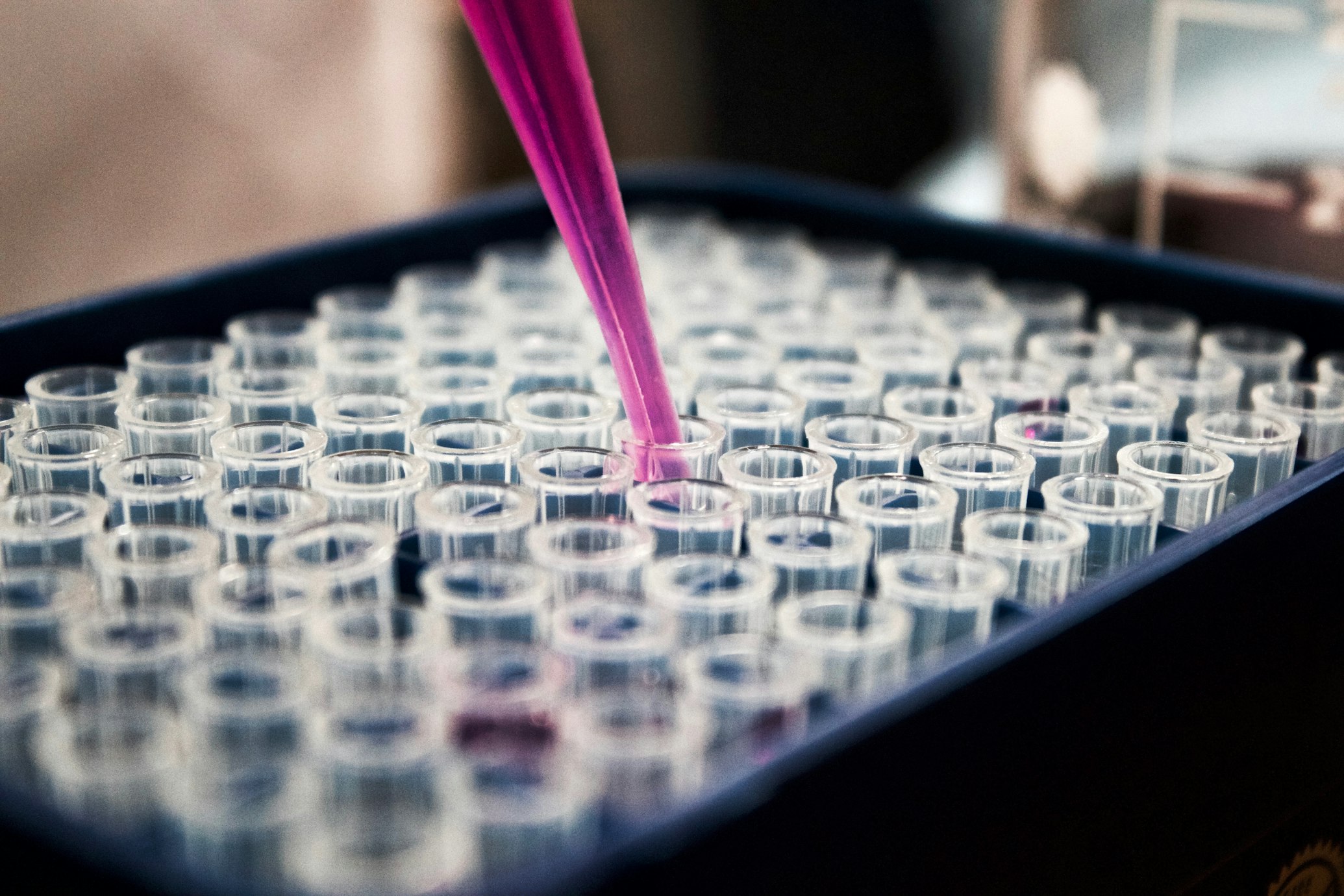Introduction: The Fragile World of Protein Therapeutics
Imagine designing a sophisticated key to unlock a disease pathway—only to discover it breaks apart in the bloodstream before reaching its target. This is the daily challenge in biotherapeutic development. Unlike small-molecule drugs, protein therapeutics like fusion proteins—hybrid molecules engineered to combine therapeutic peptides with stabilizing carriers—face ruthless enzymatic dismantling (biotransformation). When peptibodies (peptide-Fc fusions) entered the scene, they promised antibody-like stability with peptide potency. Yet their chimeric nature made them vulnerable to proteases. Enter Ligand-Binding Mass Spectrometry (LBMS)—a hybrid technique that combines molecular fishing (ligand binding) with forensic analysis (mass spectrometry) to expose structural weaknesses in these drugs 1 2 .
Key Concepts: Why Fusion Proteins Need Molecular Surveillance
The Stability Dilemma
Fusion proteins like peptibodies fuse a pharmacologically active peptide to an antibody's Fc domain. The Fc acts as a shield, prolonging circulation by engaging the neonatal Fc receptor (FcRn) recycling pathway. However, the peptide-Fc junction and peptide itself can be cleaved by blood proteases, generating:
- Active metabolites (altering efficacy or safety)
- Inactive fragments (skewing pharmacokinetic data) 2
Traditional ligand-binding assays (e.g., ELISA) detect target binding but fail to distinguish intact drugs from metabolites. This gap led to the birth of LBMS.
LBMS: Two Technologies, One Solution
- Ligand Capture: Antibody-coated tips or beads selectively extract drug-related molecules (intact or cleaved) from complex matrices like blood.
- Mass Spectrometry: Measures the exact mass of captured molecules, pinpointing cleavage sites down to the amino acid 4 .
Analogy: Think of LBMS as a molecular fishing expedition. The ligand-binding step is the net (catching all fish of interest), while MS is the biologist identifying each species in the catch.
In-Depth Look: Decoding Peptibody Stability in Rats
The Experiment: Three Peptibodies, One Race Against Proteolysis
In a landmark study, scientists compared the stability of three thrombopoietin receptor-targeting peptibodies in rats 1 2 :
- AMG531 (Romiplostim): Two peptide units linked linearly to Fc.
- AMG195(linear): Single 24-amino-acid peptide fused to Fc's C-terminus.
- AMG195(loop): Peptide inserted into the Fc's CH3 domain (like a knot within a rope).
Methodology: The LBMS Pipeline
Step 1: Immunoaffinity Capture
- Anti-human Fc antibodies immobilized on silica tips captured peptibodies/metabolites from rat plasma.
- Why human Fc antibodies? They ignore rat IgG, enabling clean isolation 2 .
Step 2: Tiered Mass Spectrometry
- Broad Screening: Matrix-assisted laser desorption ionization time-of-flight (MALDI-TOF) MS scanned for metabolites across a wide mass range.
- Precision Analysis: For complex samples, nano-liquid chromatography-electrospray ionization MS (nanoLC-MS) resolved masses with near-atomic resolution 4 .
Step 3: Metabolite Mapping
- Mass shifts indicated cleavage sites.
- Example: A mass drop matching the loss of 14 amino acids revealed a protease-sensitive sequence.
| Peptibody | Structure | Therapeutic Peptide | Fusion Design |
|---|---|---|---|
| AMG531 | Two tandem peptides | 14-aa TMP (thrombopoietin mimetic peptide) | C-terminal linear |
| AMG195(linear) | Single peptide | 24-aa TMP | C-terminal linear |
| AMG195(loop) | Single peptide | 24-aa TMP | Internal insertion into Fc CH3 domain |
Results: Stability Blueprint Unlocked
- AMG531: Five cleavage sites, mostly in peptide linkers and termini → rapid disintegration.
- AMG195(linear): Two cleavage sites at peptide-Fc junctions → moderate stability.
- AMG195(loop): Zero cleavage sites → intact after circulation.
| Peptibody | Cleavage Sites Identified | Structural Vulnerability | Half-Life Implications |
|---|---|---|---|
| AMG531 | 5 | Glycine linkers and peptide termini | Short (high proteolysis) |
| AMG195(linear) | 2 | Peptide-Fc junction | Moderate |
| AMG195(loop) | 0 | Protected within Fc fold | Longest |
The eureka moment: Loop insertion concealed the peptide from proteases, making AMG195(loop) the optimal candidate. This directly informed drug design—stability could be engineered by shielding vulnerable regions 2 .
The Scientist's Toolkit: Key Reagents and Technologies
| Reagent/Technology | Function | Key Feature |
|---|---|---|
| Anti-human Fc antibody | Captures Fc-fusion drugs and metabolites | Species-specific (ignores animal IgGs) |
| MALDI-TOF MS | Initial metabolite screening | High-throughput, broad mass range |
| NanoLC-MS | High-resolution metabolite ID | Detects subtle mass shifts (≤1 Da) |
| Immunoaffinity tips | Sample cleanup/concentration | Covalent antibody immobilization on silica |
| Recombinant proteases (e.g., DPP4) | In vitro stability testing | Validates cleavage mechanisms |
Beyond the Bench: How LBMS Transforms Drug Development
Rescuing Pharmacokinetic (PK) Studies
LBMS doesn't just identify metabolites—it guides assay development for clinical monitoring. For AMG531, discovered metabolites led to:
Future Frontiers
- In Vitro-In Vivo Bridging: Cellular models (e.g., kidney or liver cells) now predict biotransformation. Example: Tetranectin-ApoA1 fusion cleavage by DPP4 was replicated in human endothelial cells 3 .
- Automated Platforms: Techniques like nSMOL proteolysis (Fab-specific digestion for LC-MS/MS) enable high-throughput antibody/fusion protein quantification .
Expert Insight: Steven Yu, an LBMS pioneer, emphasizes: "LBMS shifts stability assessment from guesswork to precision. By spotlighting liabilities early, we spare years of development dead-ends." 6 .
Conclusion: From Stability Maps to Safer Medicines
Ligand-binding mass spectrometry has redefined biologic drug development. By exposing the hidden life of fusion proteins in vivo, LBMS turns instability from a setback into a design parameter. The AMG195(loop) story exemplifies this—by simply repositioning the peptide, engineers created a protease-resistant therapy. As LBMS converges with AI-driven protease prediction and single-cell metabolomics, tomorrow's protein drugs will emerge not just potent, but unbreakable 1 .

